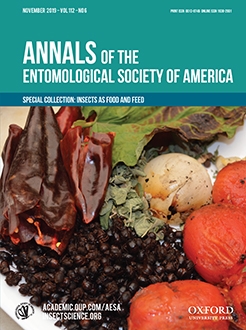Humans have practiced entomophagy for thousands of years; yet until recently, interest from Western countries has emerged toward using insects as alternative proteins to feed the growing world population. Research shows that western cultures are in favor of consuming familiar foods formulated with insect protein. This has led to the productions of insect-derived flours, primarily from crickets and mealworms, which are now available in North American and European markets. Studies have shown limited functional properties of these insect flours. Food scientists have long used controlled enzymatic protein hydrolysis as means for improving the functionality of different animal and plant proteins. Consequently, the production of insect protein hydrolysates seems like a logical approach to improve the functionality and nutritional quality of insect flours. This article provides an overview of the application of controlled enzymatic hydrolysis to produce insect protein hydrolysates with improved protein functionality, as well as opportunities and challenges faced during their use in food and feed formulations.
How to translate text using browser tools
11 September 2019
Approaches for Utilizing Insect Protein for Human Consumption: Effect of Enzymatic Hydrolysis on Protein Quality and Functionality
Andrea M. Liceaga
ACCESS THE FULL ARTICLE
It is not available for individual sale.
This article is only available to subscribers.
It is not available for individual sale.
It is not available for individual sale.
allergenicity
enzymatic hydrolysis
protein functionality
protein hydrolysate





